No matter when you visit Tokyo in a year, you will have a great experience. Spring from March to May and autumn from October to November are the best times to visit Tokyo, which offer comfortable weather, seasonal beauty, and delicious cuisine.
This guide collects the weather conditions in Tokyo, highlights of each season, and practical travel tips to help you plan your Tokyo tour.
Table of Contents
Tokyo's Weather & Climate
When is the Best Time to Visit Tokyo
Worst Times to Visit Tokyo (and How to Survive Them)
Tokyo's Seasons at a Glance
Spring in Tokyo (March - May): Cherry Blossom Season
Summer in Tokyo (June - August): Festivals
Autumn in Tokyo (September - November): Foliage & Foodie Paradise
Winter in Tokyo (December - February): Lights & Budget Travel
Tokyo Weather by Month
Tips to Avoid Crowds and Save Money
Tokyo for Different Travelers
FAQs about Visiting Tokyo
Tokyo's Weather & Climate
Tokyo climate is influenced by the Pacific and monsoon climates. Tokyo is a city with distinct four seasons and diverse climates. You can experience warm spring, hot and rainy summer, cool autumn, and cold and dry winter in Tokyo.
The average annual rainfall in Tokyo is about 1615 millimeters. There are often showers in summer, especially in June and July. August is the hottest month of the year in Tokyo. August and September will be affected by typhoons with heavy rain and strong winds.
January is the coldest time of the year, with an average temperature of 1-10°C (34-50°F). Tokyo occasionally experiences snowfall in January and February, but the amount of snowfall is usually not significant.
When is the Best Time to Visit Tokyo
Although Tokyo is a travel destination suitable for all seasons, spring (March to May) and autumn (September to November) are the best times of year to visit Tokyo, because these seasons bring mild weather and charming scenery.
Cherry blossoms are the symbol of Japan. From February to May every year, pink and white flowers gradually move northward from the south. From the mountains to the city, Tokyo is surrounded by pink cherry blossoms from late March to early April. People gathered under the cherry blossom trees to enjoy a hanami party (cherry blossom viewing).
Tokyo's autumn foliage is more like a kaleidoscope, from late October to November. The trees in Tokyo will be dyed bright yellow and fiery red.
June to August is the summer season with hot and humid weather in Tokyo. Tourists visit Tokyo in summer for numerous festivals and fireworks displays. It is cold in winter (December to February) in Tokyo, which is not appealing to most tourists.
Worst Times to Visit Tokyo (and How to Survive Them)
Golden Week (Apr 29 - May 6)
The Golden Week in Japan usually falls from the end of April to the beginning of May, including four national holidays: Showa Day (April 29), Constitution Day (May 3), Greenery Day (May 4), and Children's Day (May 5). The Golden Week of 2026 begins on April 29th and ends on May 6th.
Tokyo will witness a travel peak during the Golden Week. If you still want to travel to Tokyo at this time, we recommend booking accommodation, transportation, and tickets to popular attractions several months in advance to ensure a smooth trip.
Head to popular attractions in the early morning or evening when there are fewer people. Choose less crowded places to visit in Tokyo, such as Showa Memorial Park and Shimokitazawa.
August Typhoon Season
August and September are peak months for typhoons in Tokyo. Bad Tokyo weather during typhoon season may cause flights and trains to be canceled and affect the outdoor activities you have arranged.
Don't worry. There are countless indoor attractions and activities to fill your Tokyo tour. Besides, indoor spaces usually provide comfortable air conditioning to temporarily escape the heat of summer.
You can visit the Ghibli Museum to immerse yourself in the magic of animation and discover Japanese art and history at the Tokyo National Museum. Relax in a cozy cafe and taste delicious food at restaurants. You can also book a sushi-making class and explore the indoor malls.
Tokyo's Seasons at a Glance
Tokyo has four distinctive seasons with its allure.
Season Avg. Temp Crowd Level Best For
Spring 9- 21°C (48 - 70°F) High Cherry blossoms with festivals
Summer 21 - 31°C(70 - 88°F) Medium Fireworks, beaches, summer festivals
Autumn 12 - 23°C (53 - 73°F) Medium Fall foliage, food fairs, hiking
Winter 2- 11°C (36 - 52°F) Low Illuminations, shopping, onsen
Spring in Tokyo (March - May): Cherry Blossom Season
Spring in Tokyo is warm and pleasant, and it is the best time to visit Tokyo. In early March, the temperature in Tokyo begins to rise, but it is still somewhat cold. The average temperature is around 6 to 13°C (43 to 55°F). Over time, the temperature in May typically rises to around 16-22°C (61-72°F). The rainfall in Tokyo in spring is mainly light rain.
Appreciating cherry blossoms in spring is one of the best things to do in Tokyo. Ueno Park, Shinjuku Gyoen, Chidorigafuchi Moat, and Meguro River are some of the best spots to view cherry blossoms in Tokyo. Spring is a peak season with high tourist crowds and higher prices in Tokyo.
Besides cherry blossom season, Japan's Golden Week from late April to early May is also one of the busiest times to visit Tokyo. It is wise to book your Tokyo tour 3 to 6 months in advance to get a favorable price and ensure that you can reserve suitable accommodation.
Clothing: It is recommended to carry a lightweight jacket, a long-sleeved shirt, and a warm jacket to cope with the cold weather in the morning and evening.
Summer in Tokyo (June - August): Festivals
Summer in Tokyo is the hottest season of the year. June and July are the rainy season in Tokyo, with an average of 18 to 19 days of precipitation per month. The Temperature in Tokyo in summer often rises above 30°C (86°F), sometimes as high as 35°C (95°F). There are sometimes risks of typhoons in August.
The bad weather also led to fewer crowds traveling to Tokyo during the summer. The summer vacation in July and August will be more crowded than that in June. If you spend a summer vacation in Tokyo with kids, June is better.
The rain in Tokyo during summer is usually showers instead of continuous or daily rain. If you make some preparations or plan a flexible Tokyo tour, Tokyo in summer won't let you down either. For example, according to the weather forecast, schedule outdoor activities when it doesn't rain. On rainy days or at the hottest times, you can explore indoor attractions, such as teamLab Planets, various museums, and department stores.
June to August is also the best time to go to Tokyo for summer festivals and fireworks displays, including Obon Festival (August 13-16), Sumidagawa Fireworks (last Saturday of July), and Kagurazaka Matsuri (late July). It's time to wear a yukata to appreciate stunning fireworks and participate in the Awa-odori Dance with locals.
Clothing: Bring light and breathable clothes and an umbrella. Bring items such as hats, sunglasses, and sunscreen to block the sun.
Autumn in Tokyo (September - November): Foliage & Foodie Paradise
Autumn is a cool season and also the best time to go to Tokyo. From September to November, the temperature gradually decreases, with an average temperature between 12-23°C (53-73°F). Tokyo has a cool climate and less precipitation in autumn, making it the best time for outdoor hiking and enjoying the red leaves.
Early September is still a period of active typhoons, which may bring rainstorms and strong winds. Therefore, you still need to pay attention to typhoon warnings and bring rain gear.
Maple leaf viewing is a highlight of Tokyo in autumn and one of the top things to do in Tokyo. You can take in the best autumn colors at Tokyo attractions like Yoyogi Park, Ueno Park, and Icho Namiki Avenue.
Autumn is a season with abundant seasonal food. You can taste fresh seafood and special snacks at the traditional Market, like the Tsukiji Outer Market. Don't miss out on matsutake mushrooms and hairy crabs, roasted chestnuts, and baked sweet potatoes.
Look out for local autumn leaves festivals and food festivals, such as the Fuji-Kawaguchiko Fall Leaves Festival, the Mount Takao Autumn Leaves Festival, and the Kichijoji Autumn Festival.
Clothing: The temperature difference between day and night in Tokyo is large in autumn, but it is still very hot during the day in September. Prepare long-sleeved shirts, thin jackets, or windbreakers for cool weather. At the end of October and in November, you can appropriately add thick sweaters and other warm clothes.
Winter in Tokyo (December - February): Lights & Budget Travel
Winter is cold and dry in Tokyo, with an average temperature of 2-11°C (36-52°F). Tokyo in winter is not as cold as Hokkaido, so there is only occasional snowfall. Nevertheless, there are still many activities in Tokyo during the winter season, such as New Year celebrations, Christmas events, and skiing.
Christmas and New Year are the peak times for travelling in Tokyo. At any other time, you may enjoy a quiet winter holiday. During your time in Tokyo, you can discover fun things to do in Tokyo. Go to local temples and shrines, such as Meiji Jingu Shrine and Asakusa Temple, to pray for good luck during the New Year. Experience a Christmas holiday in Tokyo with your family. You can visit Christmas markets and appreciate incredible festive illuminations.
If you like skiing, you can visit Tokyo's ice skating rinks or embark on a ski trip near Tokyo. Although there are no ski resorts in Tokyo, you can consider popular ski resorts near Tokyo, such as Naeba Ski Resort, Hakuba Valley, and Shiga Kogen Ski Resort.
The Setsubun Bean-Throwing Festival is a unique traditional event on February 3 or 4. People throw beans to drive away disasters and misfortunes. You can experience exciting events and traditional customs when you visit Sensoji Temple during this time in Tokyo.
Is there a better season to enjoy hot springs in Tokyo than winter? Why not take a day trip to Kusatsu Onsen from Tokyo and soak in warm hot springs in snow?
Clothing: Pack warm down jackets, thick coats, hats, and gloves, etc.
Tokyo Weather by Month
Month Average Temperature (°C/°F) Average Precipitation (mm) Best for
January 1 - 8°C (34 - 46°F) 72.3 Hatsumode, hot springs, skiing, Japanese hot pot
February 2 - 9°C (36 - 48°F) 78.5 Setsubun, clear Mt. Fuji view, Plum Blossom Festivals
March 5 - 12°C (41 - 54°F) 117.8 Cherry blossom, AnimeJapan, Hina Matsuri
April 10 - 17°C (50 - 63°F) 121.5 Cherry blossom, Tsutsuji Matsuri, Mt. Takao Annual Spring Festival
May 14 - 21°C (57 - 70°F) 133.6 Sanja Matsuri, Kanda Matsuri, Meiji Jingu Spring Grand Festival, Adachi Fireworks Festival
June 18 - 24°C (64 - 75°F) 173.1 Sanno Matsuri, hydrangeas, Japanese irises, firefly festivals
July 22 - 28°C (72 - 82°F) 150.6 Fireworks, Kagurazaka Matsuri, Shitamachi Tanabata Matsuri
August 23 - 29°C (73 - 84°F) 116.1 Fireworks, Obon, Fukagawa Festival, Mt. Fuji climbing, beaches
September 20 - 26°C (68 - 79°F) 195.2 Sumo matches, Showa Kinen Park Cosmos Festival
October 15 - 20°C (59 - 68°F) 210.9 Autumn foliage, Tokyo Ramen Festa, Meguro Sanma Matsuri
November 9 - 15°C (48 - 59°F) 95.5 Fall foliage, Shinjuku Gyoen Chrysanthemum Exhibition, Jidai Matsuri, Hachioji Ginkgo Festival
December 4 - 11°C (39 - 52°F) 62.4 Festive lights, Christmas, hot springs, Sensoji Temple Year-end Market
Tips to Avoid Crowds and Save Money
Off-Peak Travel Strategies
Avoiding peak times to visit Tokyo allows you to enjoy a more peaceful and comfortable journey with unexpected discounts. For example, you can visit Tokyo in late January to February.
Avoid weekends and visit popular attractions on weekdays, like Shibuya Crossing and Sensoji Temple.
Early Bird vs. Night Owl
If you travel to Tokyo in peak cherry blossom season, you can head to the popular park (e.g., Ueno Park and Shinjuku Gyoen) in the early morning.
Head to Tokyo Tower and Tokyo Skytree in the evening for the stunning city's night view. Getting immersed in the bustling nightlife of Roppongi.
Local Insights
Use Tokyo's public transportation. Purchase Suica and Pasmo cards.
Explore Tokyo and nearby destinations with a regional JR Pass.
Book the Shinkansen train tickets at least 3 months in advance, especially during peak times, like cherry blossom season, Golden Week, etc.
Tokyo for Different Travelers
Tokyo is a city of infinite charm. Whether you want fun family time or a romantic honeymoon, we can tailor unique Tokyo tour itineraries for you. Here are some recommended experiences and scenic spots.
Families & Seniors
There are many places in Tokyo that can both bring joy and offer a relaxed and comfortable experience. You can visit kid-friendly theme parks, such as Tokyo Disneyland and DisneySea, Tokyo Dome City, Ghibli Museum, and Sanrio Puroland. Slow-paced temples, like Zojoji Temple and Meiji Jingu, are suitable for Seniors. You can not only have fun but also take a break at various themed cafes.
Foodies & Anime Lovers
Tsukiji Outer Market is a must for a Tokyo food tour, where you can taste local specialities, such as fresh seafood and sushi. You can take a Japanese food cooking course to learn how to make authentic Japanese dishes.
Akihabara is a haven for anime lovers, known for Japanese pop culture, anime, manga, and electronics.
Couples & Honeymoons
Tokyo offers some places with a romantic atmosphere. You can ascend to the Tokyo Skytree and enjoy the dazzling night view of the entire Tokyo. Enjoy a romantic stroll and shop at Odaiba. Or visit the temples or shrines to pray for love and a happy life.
FAQs about Visiting Tokyo
1. Is May a good time to visit Tokyo?
Yes! May offers mild weather with an average temperature of 18°C and fewer crowds post-Golden Week.
2. Is Tokyo more crowded in spring or autumn?
Yes. Spring and autumn are both busy. People visit Tokyo in spring for cherry blossoms and in autumn for fall foliage.
3. What is the best month to go to Tokyo for budget travelers?
January - February. January and February offer off-season winter discounts.
4. How to handle Tokyo's rainy days?
Check the weather forecast at any time. Visit museums or arrange indoor experiences instead if it rains.
5. What is the cheapest time to go to Tokyo?
You can visit in winter (January to February) and the rainy season (June to July), which are the low season in Tokyo, with cheaper accommodation and fewer crowds.
Plan Your Tokyo Tour with Hi Five Trip
Whether you want to immerse yourself in the cherry blossoms of spring or pursue the maple leaves of autumn, our Tokyo tour package can meet your needs.

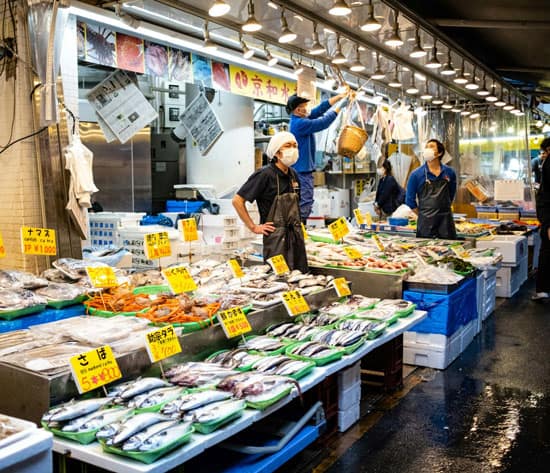
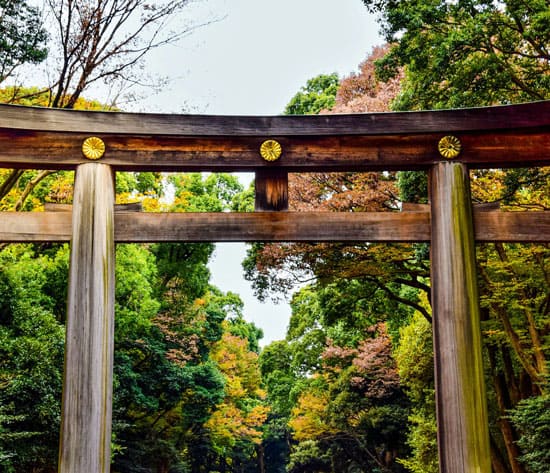



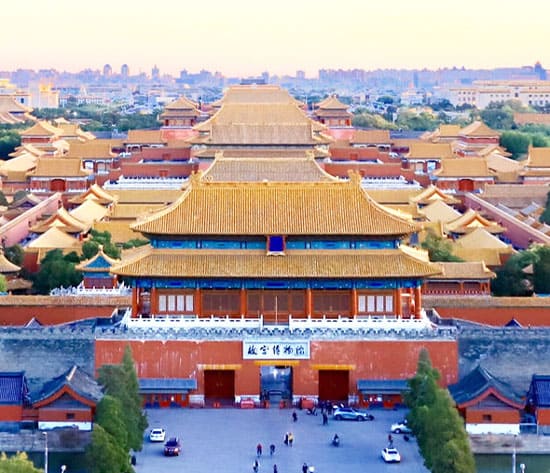
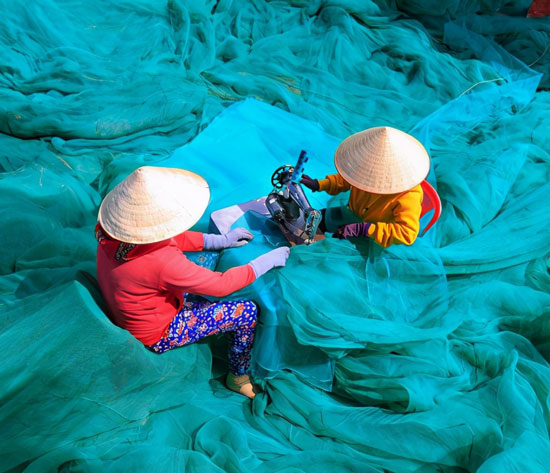
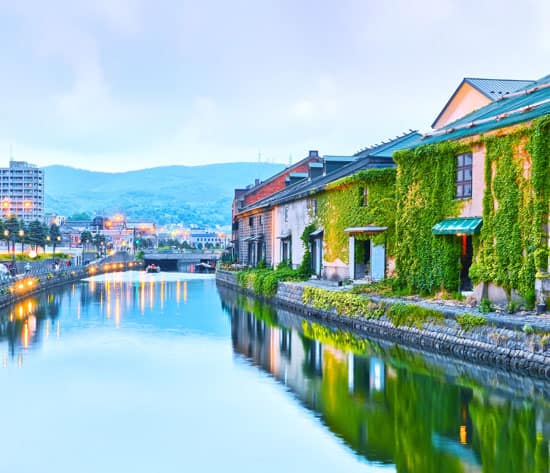
Have a Question?
You might see your comment appear on this page, but your email address and full name will not be published. Your personal information will remain confidential. Our Asia travel experts will get back to you as soon as possible. Required fields are marked *